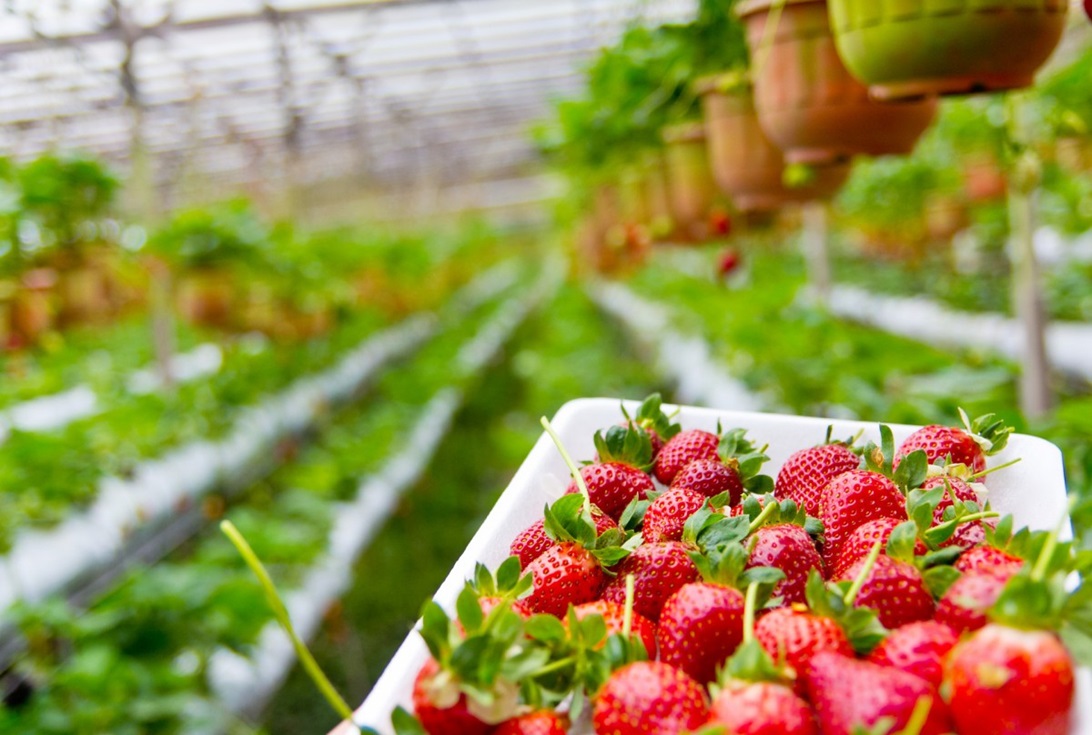Organic farming has gained significant popularity in recent years, with a growing emphasis on sustainable agriculture and environmentally friendly practices.
It is a farming method that prioritizes soil health, biodiversity, and the avoidance of synthetic chemicals and genetically modified organisms.
While the principles of organic farming remain consistent, the specific steps can vary depending on the crop, location, and resources available.
In this article, we will explore the basic steps of organic farming and how they contribute to a more sustainable and eco-friendly approach to agriculture.
Soil Preparation
The foundation of successful organic farming lies in the soil. Healthy soil is crucial for promoting plant growth and resisting diseases and pests.
Organic farmers focus on improving soil fertility through methods like composting, green manure, and cover cropping.
Composting involves the decomposition of organic matter like kitchen scraps and yard waste into nutrient-rich humus.
Green manure involves planting specific crops like legumes and grasses, which are later tilled into the soil to add organic matter and nutrients.
Cover cropping involves planting crops that protect the soil from erosion, enhance fertility, and reduce weed growth.
In recent years, there has been a growing interest in the integration of organic farming principles with innovative techniques like effective hydroponic farming, which offers an alternative approach to cultivating crops in a soil-less environment while minimizing resource consumption.
Crop Selection
In organic farming, the choice of crops is essential. Organic farmers select crops that are well-suited to the local climate and soil conditions.
They also consider crop rotation, which involves planting different crops in a sequence to prevent soil depletion and minimize pest and disease issues.
Crop selection plays a significant role in maintaining soil health and biodiversity.
Planting
Organic farmers use various planting techniques, such as direct seeding, transplanting, and companion planting.
Direct seeding involves sowing seeds directly into the ground, while transplanting involves growing seedlings in a separate location and then transplanting them into the field.
Companion planting is a technique where compatible plants are grown together to deter pests, improve pollination, and maximize space and resources.
Pest and Disease Management
Organic farming focuses on natural and preventative methods for pest and disease management.
This includes the use of beneficial insects, crop rotation, and the cultivation of disease-resistant crop varieties.
Additionally, organic farmers may employ physical barriers like row covers and traps to protect their crops from pests. The use of synthetic chemical pesticides is strictly prohibited in organic farming.
Weed Control
Weed management is a constant challenge for organic farmers. Instead of using synthetic herbicides, organic farmers rely on manual and mechanical methods such as hand weeding, mulching, and tilling.
Mulching involves covering the soil with organic materials like straw or wood chips to suppress weed growth.
These methods not only control weeds but also help to improve soil health and moisture retention.
Fertilization
Organic farming emphasizes the use of natural fertilizers to enhance soil fertility.
Compost, well-rotted manure, and organic amendments like bone meal and fish emulsion are common choices for organic fertilization.
These natural fertilizers release nutrients slowly, providing a sustained source of nourishment for the plants. The aim is to feed the soil, which in turn nourishes the plants.
Water Management
Efficient water management is crucial in organic farming. Organic farmers use techniques like drip irrigation and rainwater harvesting to conserve water and reduce waste.
Drip irrigation delivers water directly to the root zone, minimizing water loss due to evaporation and runoff.
Rainwater harvesting involves collecting rainwater in cisterns or other storage systems to provide an additional water source for irrigation.
Harvesting
Harvesting in organic farming is carried out at the peak of maturity to ensure the best quality and flavor of the produce.
Organic farmers use techniques such as hand harvesting, which minimizes damage to the plants and surrounding ecosystem. Harvested crops are carefully handled to prevent bruising and damage.
Post-Harvest Handling
Once crops are harvested, organic farmers focus on proper post-harvest handling to maintain freshness and quality.
This includes sorting, cleaning, and packaging the produce in an eco-friendly manner. Organic standards also require the avoidance of synthetic preservatives and chemicals in post-harvest handling.
In conclusion, organic farming is a holistic and sustainable approach to agriculture that prioritizes soil health, biodiversity, and the avoidance of synthetic chemicals.
The basic steps of organic farming include soil preparation, crop selection, planting, pest and disease management, weed control, fertilization, water management, harvesting, and post-harvest handling.
By following these steps, organic farmers can contribute to a more environmentally friendly and sustainable food production system while delivering high-quality, nutritious produce to consumers.
Organic farming represents a promising path towards a healthier and more sustainable future for agriculture.

